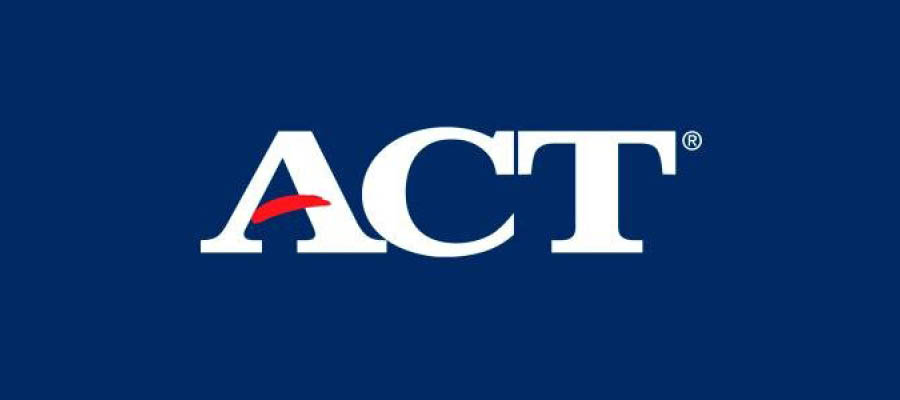Today, ACT released the 2016 Condition of College and Career Readiness report, based on ACT test results for the 2016 graduating class.
Utah is one of 20 states that allows students to take the ACT at no cost to the student during their junior year. Thus, 41,446 students in the 2016 graduating class have taken the ACT (817 more students than 2015). More students than ever took the ACT last year nationwide, 64% of the 2016 US graduating class.
Why is the ACT important to higher education?
The ACT is one of the strongest and most used indicators of college readiness across the country. ACT sets college readiness benchmarks, which are indicators of a student’s likelihood of success for entry into college-level courses in the core areas of math, science, reading, and English. Colleges and universities throughout Utah and the country often use the college readiness benchmarks by subject as one way to determine a student’s placement in college courses in math, science, and writing.
% of ACT-tested 2016 Utah high school graduates meeting ACT College Readiness Benchmarks by subject
% of ACT-tested 2013-2016 high school graduates meeting ACT College Readiness Benchmarks by subject
Since Utah’s statewide ACT was initially implemented in 2013, more and more Utah students have had the opportunity to take the ACT during the school day their junior year of high school. To be expected, the increase in total number of ACT test-takers in Utah has corresponded with a slight drop in college readiness benchmark achievement.
Findings from Utah’s 2016 Condition of College and Career Readiness report
Students’ course-taking patterns directly impact their college readiness.
Through programs such as the Regents’ Scholarship and StepUp to Higher Education, the Utah System of Higher Education recommends Utah high school students take four years of math and three years of lab-based science, specifically biology, chemistry, and physics.
The results of ACT’s report make it clear these courses best prepare students for college-level work:
- 2016 Utah high school graduates who took four years of math in high school had the highest average ACT math score (22.6) as compared to all other varieties of math course-taking patterns. In fact, 59% of students who reported taking four or more years of math met the college readiness benchmark, compared to 34% of those who took three to three-and-a-half years of math, and 11% for those who took less than three years of math.
- Similarly, 2016 Utah high school graduates who took three years of lab-based science—specifically biology, chemistry, and physics—performed 2.5 times as well on the ACT science college readiness benchmark, as compared to those who took a different combination of three years of science. 62% who took biology, chemistry, and physics met the ACT science benchmark, compared to an average of 25% for students who took a different combination of three years of science.
What do 2016 Utah high school graduates plan to do after high school?
81% of Utah’s 2016 ACT-tested graduates aspired to go to college. The top five colleges to which Utah students sent their ACT scores were in-state institutions:
- University of Utah
- Utah State University
- Utah Valley University
- Brigham Young University
- Weber State University
The top five anticipated majors of the 2016 Utah graduating class were:
- Health sciences and Technologies
- Arts: Visual and Performing
- Business
- Engineering
- Social Sciences and Law


